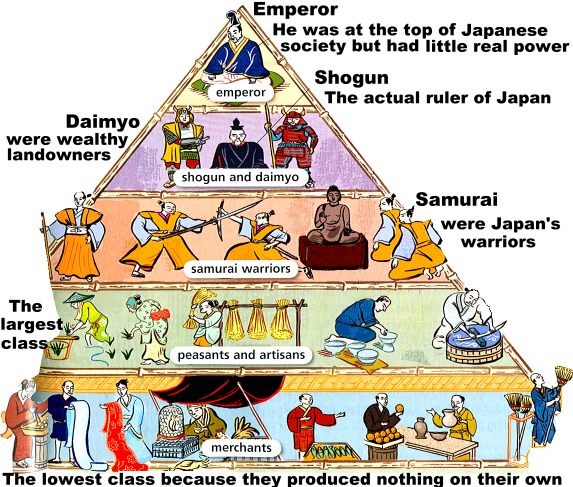

The basic unit of these feudal arrangements was the fief, a section of land granted for temporary use.

Noble bishops and abbots increased the prestige and political clout of their natal families while the presence of a royal member within a monastery benefited the entire spiritual family.įeudalism is the term applied to relationships between members of the aristocracy. This tied the Church into the feudal network as family loyalties remained intact for clergy and the hierarchy of the Church mirrored the social structure of a patriarchal secular society. In the Middle Ages, one of the most common paths for younger siblings was to enter into ecclesiastical service.
#Explain feudalism in the middle ages full#
Under this law, the eldest son received the full inheritance of the father, leaving younger sons to make their own way. In order to prevent the splintering of family property, the law of primogeniture was adopted across most of Europe. Family alliances of blood and marriage were utilised to strengthen feudal ties and to increase power bases. Functioning as a form of social security, the family provided protection and care to the children, the aged and infirm. Nevertheless, by the late Middle Ages, the terminology and concepts that are implied in the designation of a feudal society had been defined by the legal profession and can be applied to the time period of this tutorial.īook Reviews of "Fiefs and Vassals" by Susan Reynoldsįor noble and peasant alike, the family was the single most important social unit of the Middle Ages and the basis for other relationships. How these agreements developed and how they were utilised during the early Middle Ages are currently topics of scholarly debate. In the Middle Ages, networks of personal agreements formed the basis of the political, economic and social systems. End of Europe's Middle Ages - Feudal Institutions


 0 kommentar(er)
0 kommentar(er)
